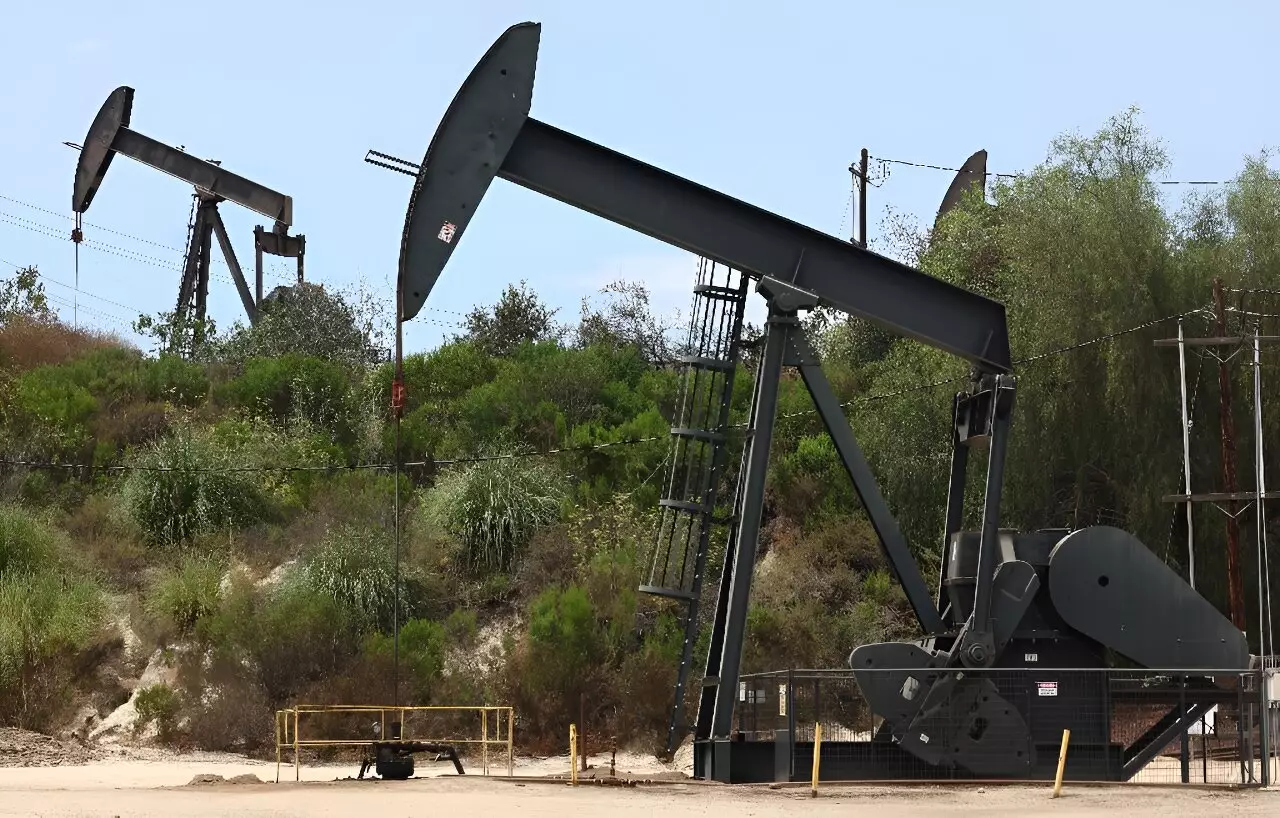As the world moves towards a clean energy transition, the International Energy Agency (IEA) predicts a major surplus of oil by 2030. Global demand is projected to level off at 106 million barrels per day, while the overall supply capacity could reach 114 million barrels per day, resulting in a staggering surplus of eight million barrels per day. This surplus is something that oil markets need to prepare for urgently.
The IEA’s executive director, Fatih Birol, highlights that as the pandemic rebound fades, clean energy transitions progress, and China’s economy undergoes structural changes, global oil demand growth is slowing down. In fact, it is expected to reach its peak by 2030. This slowdown, coupled with the surplus in supply, poses significant challenges for oil companies worldwide.
The forecast of a surplus comes at a time when OPEC+ is considering unwinding output cuts to counter weakening demand. Fast-developing Asian countries like China and India, as well as sectors like aviation and petrochemicals, will continue to drive oil demand. However, the rise of electric vehicles, improvements in fuel efficiency, and the reduced use of oil for electricity production in the Middle East will constrain overall demand growth to around four percent by 2030.
Challenges Ahead
The IEA predicts that oil demand in advanced economies will continue to decline, reaching its lowest point since 1991 by 2030. Concurrently, oil production capacity, particularly in the United States and the Americas, is expected to surge. This surge in production could lead to an unprecedented eight-million-barrel surplus, reminiscent of the levels seen during the COVID-19 lockdowns in 2020.
Market Disruptions
The massive oil production buffer projected by the IEA could create a lower oil price environment, posing challenges for the US shale industry and the OPEC+ bloc led by Saudi Arabia and Russia. Such a surplus could disrupt the current market management strategies aimed at stabilizing prices, leading to uncertainties and volatility in the global oil market.
The looming oil surplus crisis presents a complex scenario for the energy sector. Adapting to the changing landscape of oil demand and supply will require strategic foresight and proactive measures from oil companies and policymakers worldwide. The transition towards a cleaner, more sustainable energy future necessitates careful planning and collaboration to navigate the challenges posed by the surplus forecasted for 2030.


Leave a Reply